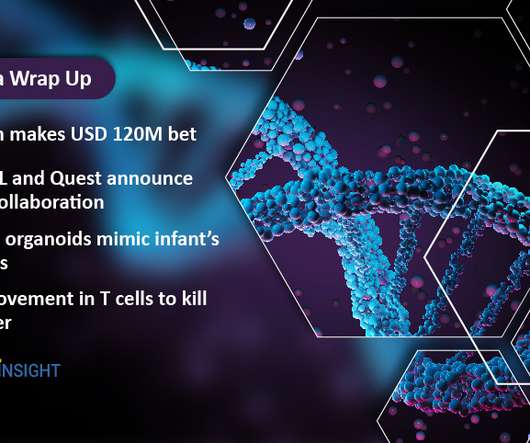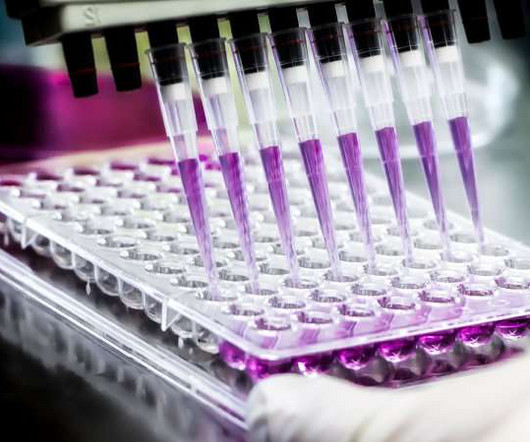Unlocking the potential of mRNA for the future treatment of rare diseases
Drug Discovery World
FEBRUARY 28, 2023
As we turn our focus to new potential applications and disease areas for the platform, scientists and companies must consider the potential life-saving impact on rare, inherited diseases, says Archana Gupta , PhD, staff scientist in genetic sciences at Thermo Fisher Scientific.











Let's personalize your content